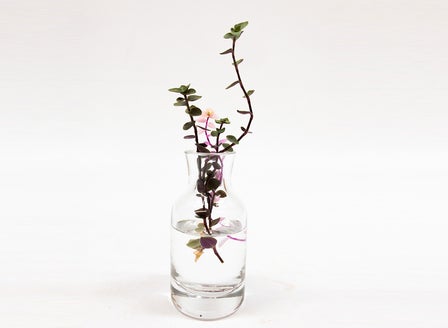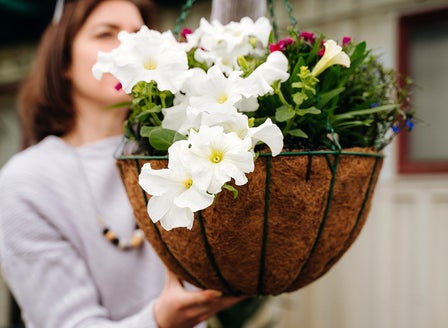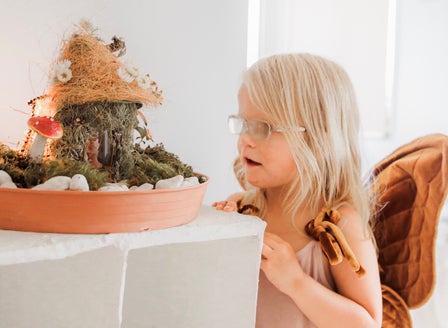Succulents are a diverse species coming in many forms and shapes, ranging from large upright trees to what look like tiny stones growing out of the ground. Often with striking flowers, they have a lot to offer both indoors and out.
Planting Calendar
Prepare
Position
Indoor succulents prefer a warm, well lit situation. On a windowsill but out the direct midday sun is ideal. Outdoor succulents require full sun and a free draining soil, either grown in containers or in the garden.
Soil
Succulents do best in well-drained soil. Cacti and succulent mixes can be purchased, specially formulated with the soil requirements of these plants in mind. Otherwise, add coarse sand or pumice to ordinary potting mix to create better drainage. DO NOT plant succulents in mixes that contain water storage crystals as it can become too damp.
Plant
Having such a diverse range of plants means that succulents can be grown in many different situations. Indoors, in containers, the garden, even in hanging baskets. Try to re-pot during spring or summer. Choose a pot that will allow the plant to double in size. Plant into a free draining Cacti and Succulent mix.
Care
Watering
Contrary to popular belief, succulents still require water, especially in the warmer months, when they should be watered regularly. Allow the soil to dry out before watering again. Never allow succulents to become waterlogged or sit in water, this will cause them to rot.
Feeding
Feeding your plants regularly with Kings Liquid Fast Food will keep them strong and healthy. Always feed your succulents with Burnet's Organic succulent & Cacti Food, as this will ensure the nutrients are available for the plant when they require it and when the succulent is growing the most.
Spraying
Aphids and mealybug can be an issue when growing succulents. Spray with Groventive Garden at the first sign of pests. If your plants are outside, apply sprays in the evening to avoid harming beneficial insects.
General Care
When using sprays, chemicals or fertilisers always read the label and follow the instructions. Apply sprays in the evening to avoid harming beneficial insects.
Beginner Tip
When growing indoors, you may notice your succulents becoming spindly, or stretching towards the brightest light source. This is a sign your plants are not getting enough light. rotate or move your plant to the brightest space in the room to correct shape.
Tip
Succulents are a favourite of slugs and snails. Protect against slugs and snails by applying slug bait. If you have pets, use the pet friendly Tui Quash.
Frequently Asked Questions
How often should I water my succulents?
Contrary to popular belief, succulents still require water, especially in the warmer months, when they should be watered regularly. Allow the soil to dry out before watering again. Never allow succulents to become waterlogged or sit in water, this will cause them to rot.
Can succulents grow indoors?
Succulents can grow indoors as long as they receive plenty of bright, indirect sunlight. A sunny windowsill is perfect.
What should I do if my succulent is stretching out?
Stretching, or etiolation, occurs when a succulent isn't getting enough light. Move it to a brighter spot to help it regain its compact shape.
How do I propagate succulents?
Succulents can be propagated from leaves or cuttings. Allow the cut end to dry out and callous over, then place it on well-draining soil and water sparingly until roots develop.
Why are my succulent's leaves turning yellow or brown?
Yellow or brown leaves can indicate overwatering, underwatering, or too much direct sunlight. Adjust your care routine accordingly and remove any damaged leaves.


